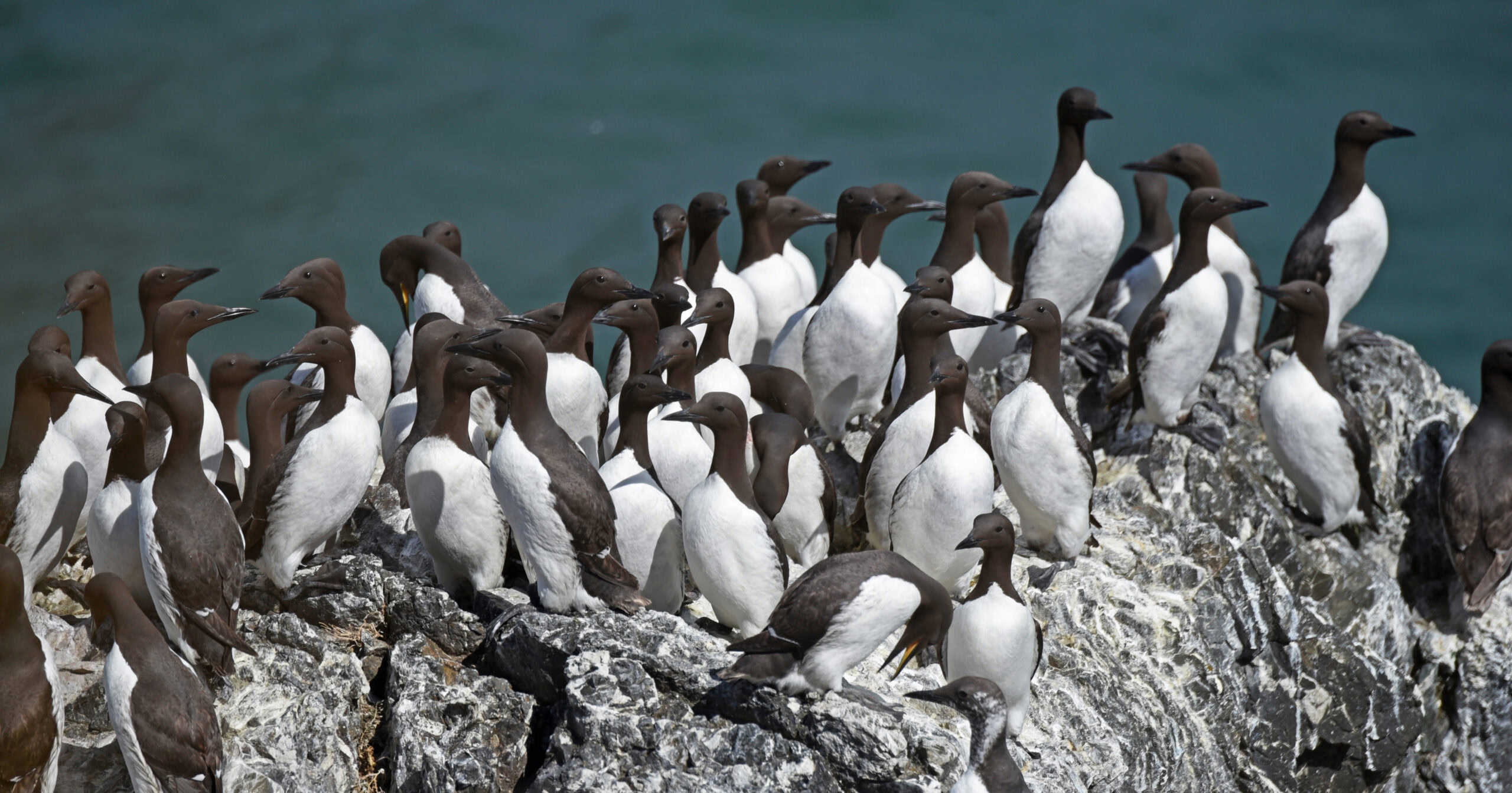Share this article
California condors consume rodenticide
An analysis of liver tissue samples from dead California condors reveals that a large portion of the giant raptors have consumed carcasses that contain second generation anticoagulant rodenticides.
These potentially harmful chemicals may exacerbate health issues the birds face from better understood issues like lead poisoning.
“There are a lot of opportunities for the rodenticides to move through the food web,” said Garth Herring, an ecologist with the U.S. Geological Survey.
Second generation anticoagulant rodenticides emerged in the 1970s when the pests began developing a resistance to older types of poison. These newer chemicals were designed to be more toxic for the target organisms.
While this may help to eliminate the target rodents, it also means that the chemicals don’t break down as quickly after those rodents die. Scavengers can inadvertently ingest the rodenticides when eating the carcasses of rodents that consumed them.
Some researchers had previously found traces of these chemicals in other raptors. California condors (Gymnogyps californianus) are already suffering a huge challenge due to consuming lead, and Herring and his colleagues wanted to see if they might also be eating carcasses contaminated with rodenticide.
For a study published recently in Environmental Pollution, the team analyzed the livers of 65 condors that had died from 2006 to 2018 and were subsequently given necropsies. All of these were collected from the Pinnacles National Park area, Southern California and Arizona. Analysis revealed that 42% of them had traces of second-generation rodenticides in their systems.
Herring said that while the source of some of these rodenticides may be legal, it’s also possible that illegally applied rodenticide may be getting into the condors’ systems. Some of it may even come from illegal marijuana plantations, where growers dose their crops liberally with the chemicals to keep wild animals from eating their plants. This is especially a big problem around Pinnacles, Herring said.
But illegal marijuana plantations are also a problem near Redwood National and State Parks, where the condors were recently reintroduced. While the reintroduction occurred after this study was conducted, the team analyzed the livers of turkey vultures (Cathartes aura) as a substitute. Of 71 turkey vultures sampled and analyzed in Northern California and southern Oregon, they found traces of rodenticide in 93% of their livers.
The larger proportion of turkey vultures contaminated with rodenticide could be an indication of there being more illegal marijuana plantations in that area. Or it could mean that turkey vultures just feed on smaller carcasses more likely to contain rodenticide than condors do, Herring said.
It’s still uncertain whether these levels represent a danger to the condors, either in terms of potential lethality or secondary effects. Given their endangered status, it’s unlikely that researchers could conduct tests on condors to determine a threshold for potential deleterious effects. But, Herring said, there’s “obviously has a lot of concern from a conservation standpoint if it’s affecting them.”
He also said that continued monitoring is important, especially since the California state government recently changed their rules on second generation rodenticides, making them very difficult to access for anyone but pest control professionals.







